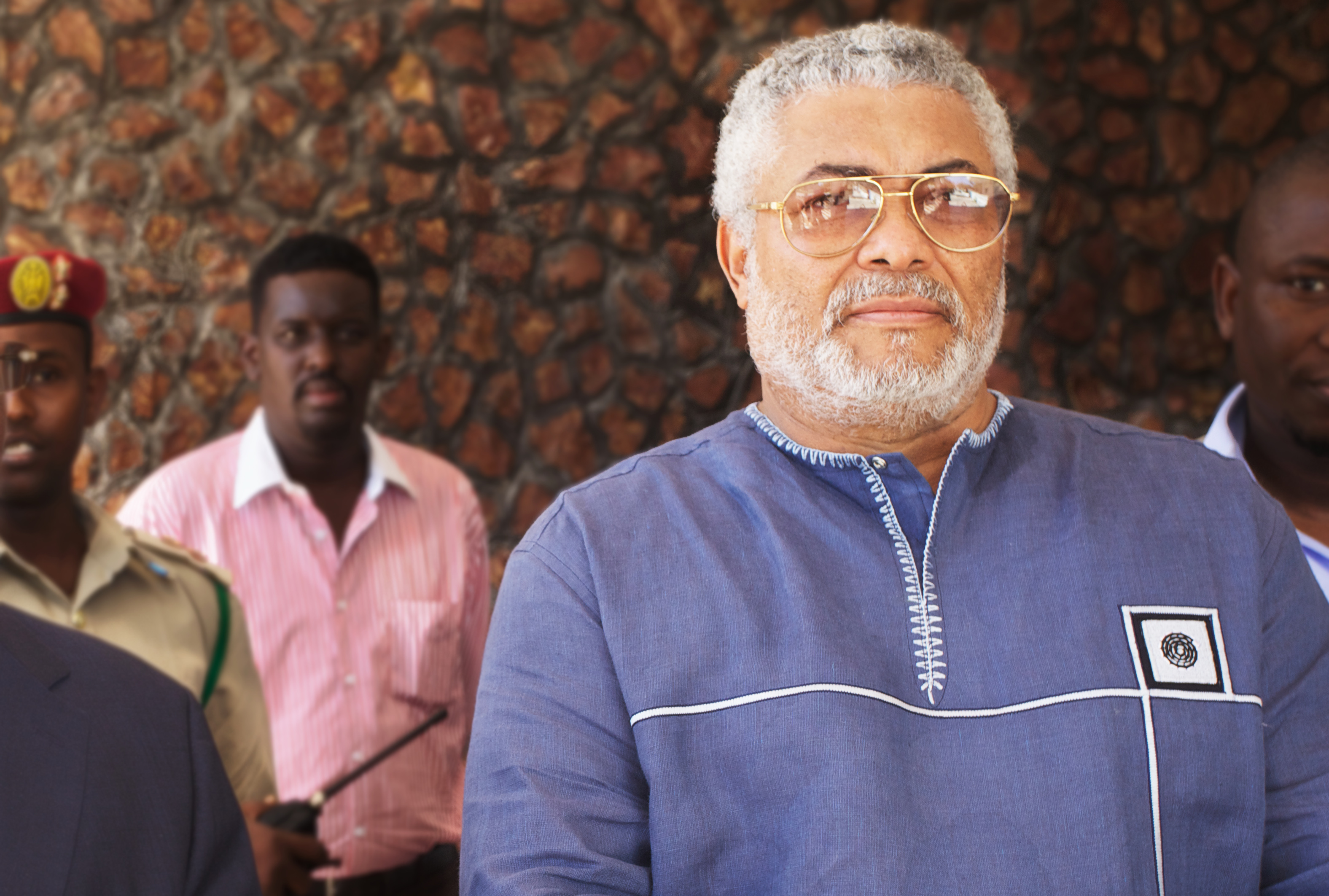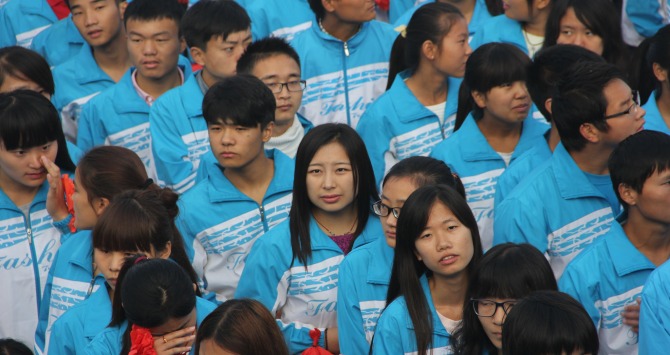By past International development, LSE staff members: Tom Goodfellow, Dennis Rodgers & Jo Beall
For a fleeting moment during the final decade of the twentieth century, the general trajectory of conflict across the world seemed clear. With the Cold War over, the number of interstate wars was in free-fall and the dominant form of violence was internal, within fragmenting states no longer propped up by their superpower sponsors. The age of ‘total war’ between states had thus been largely superseded by a wave of civil conflicts, often characterised as ‘new wars’, fought for the most part in rural hinterlands and widely considered as limited in scope and scale.
Over a decade into the new millennium, however, the trajectory now looks far from straightforward. Like international wars, civil wars too have been steadily declining in number. Yet from Colombia to Cairo, Brazil to Baghdad and Kenya to Kandahar, each month brings new manifestations of what Arjun Appadurai (in)famously termed the ‘implosion of global and national politics into the urban world’. Although riots, gang crime, and terrorist attacks have afflicted cities for hundreds, if not thousands, of years, the increasing ubiquity of such events – even if not ‘wars’ in any conventional sense – suggest that the hallmark of the contemporary period is one of rising ‘urban conflict’ rather than ‘peace’.
These developments raise questions with respect to a category of countries often described as ‘fragile’, ‘failed’ or ‘failing’ states, since most definitions of ‘fragility’ explicitly refer to the state’s inability to prevent ongoing violence within its territory . What, if anything, is the link between weaknesses at the level of the state in particular parts of the developing world, and changes in the spaces in which violence plays out? What, moreover, can be said about why some cities in troubled regions remain remarkably peaceful and resilient, seemingly against the odds? These are some of the questions we address in a new Special Issue of Urban Studies on ‘Cities, Conflict and State Fragility in the Developing World’.
One way of re-thinking violence in contemporary ‘fragile states’ is to turn to European history – particularly as it was analysed by the late Charles Tilly, whose work reflects on the central role that cities and violence played in building states in early modern Europe. Today, by contrast, all too often it seems that cities are where state-building projects in the developing world unravel rather than consolidate. This is partly because we are moving from a world where conflict over cities fuelled the need for taxation and state power, to one where conflict in cities undermines state-building efforts even as it necessitates them. Yet we should not dismiss the historical parallel altogether: cities can be (and sometimes are) still central to processes of state-building when the conditions are right. To understand when such an outcome is possible we need to understand the drivers of the apparent urbanisation of violent conflict, as well as analysing the ways in which different political actors have responded to it in different places.
Many forms of violence across the world today can be characterised as ‘civic conflict’: a concept that is both distinct from civil war and eschews the simplistic tendency to think of forms of urban violence as being either ‘social’, ‘political’, or ‘economic’ in nature. The word ‘civic’ is suggestive of cities on the one hand, and of citizenship (and by extension, the state) on the other. From sectarian riots to gang violence, terrorism, and ‘turf wars’ between urban landlords, these forms of conflict are all linked both to the city as a distinct space and to contestation over citizenship and entitlements, often reflecting a sense of neglect by the state.
These forms of conflict are quite different from ‘conventional’ civil war, which generally involves an effort by a rebel organisation to fully take control of the state, and in which cities are often the ‘end-point’: their ‘capture’ signifies victory, usually followed by the laying down of arms. Civic conflicts instead represent expressions of discontent, demands for attention, claims of entitlement to the resources of the city, and sometimes the establishment of parallel structures of control that take the place of (or fill the gaps in) state institutions.
In many parts of the developing world, both of these forms of conflict exist simultaneously. In others, however, civil wars have largely ceded to civic conflicts, which may be equally or more devastating but which do not require formal peace settlements so much as new political settlements in cities – and between urban and rural communities. As the world becomes more urban, our understanding of violent conflict and routes to its resolution must keep pace; therefore alongside national politics, urban politics – a complex and often neglected area of study in relation to the developing world – needs to be factored into conflict analyses.
It is true that some of the most war-torn countries of recent decades, such as the Democratic Republic of Congo and, until recently, Northern Uganda, have been mired in rural-based civil conflicts where cities and towns were relative havens of peace for long periods of time. Even in such cases, however, cities rarely remain so peaceful when civil wars draw to a close. All too often, urban havens can become flashpoints of violence later on, precisely because they attract people in droves but their governments neglect to ‘think urban’ in post-war reconstruction efforts, usually perceiving urban growth as temporary.
While politics is certainly not all about elites, how struggles over urban citizens’ needs are managed by political elites has crucial impacts on both the incidence of violent conflict and prospects for long-term development. In cases such as Colombia, which until recently was home to some of the most violent cities in the world, and the Kwa-Zulu Natal region of South Africa, elites have risen to this challenge with relatively impressive results. In other cases, including parts of India, Pakistan, Nicaragua, and East Timor (to name just a few) urban violence was precipitated or exacerbated by elite strategies at particular moments in time. In yet other cases from our own research programme, including Mozambique and Rwanda, there is the distinct possibility that latent urban conflicts are simply being ‘deferred’ to a later date by particular elite approaches towards conflict management.
Critically important for reducing violence in a sustainable way is the evolution of systems of institutionalised bargaining between urban groups that cohere around socioeconomic identifiers that go beyond ethnic, religious or racial ones. Making demands on the state is vital for state-building itself; yet when demands are based on fixed exclusionary categories and individual patrons, a likely outcome is either violence or the kind of unproductive rent-sharing that does little to bring development.
Actively increasing urban citizens’ capacity to make collective demands in ways that are non-violent – rather than denying them political agency by hoping either that they will return to the countryside or that economics will somehow save the day – is now in order. This is a challenge for local political leaders and international development actors alike, and implies a deliberate (though cautious) reinvigoration of urban political contestation in fragile states: something that has largely been ignored in the policy debates on fragility over the past decade.
[1] Respectively Lecturer in Urban Studies and International Development, University of Sheffield; Professor of Urban Social and Political Research, University of Glasgow; and Director, Education and Society, British Council.





